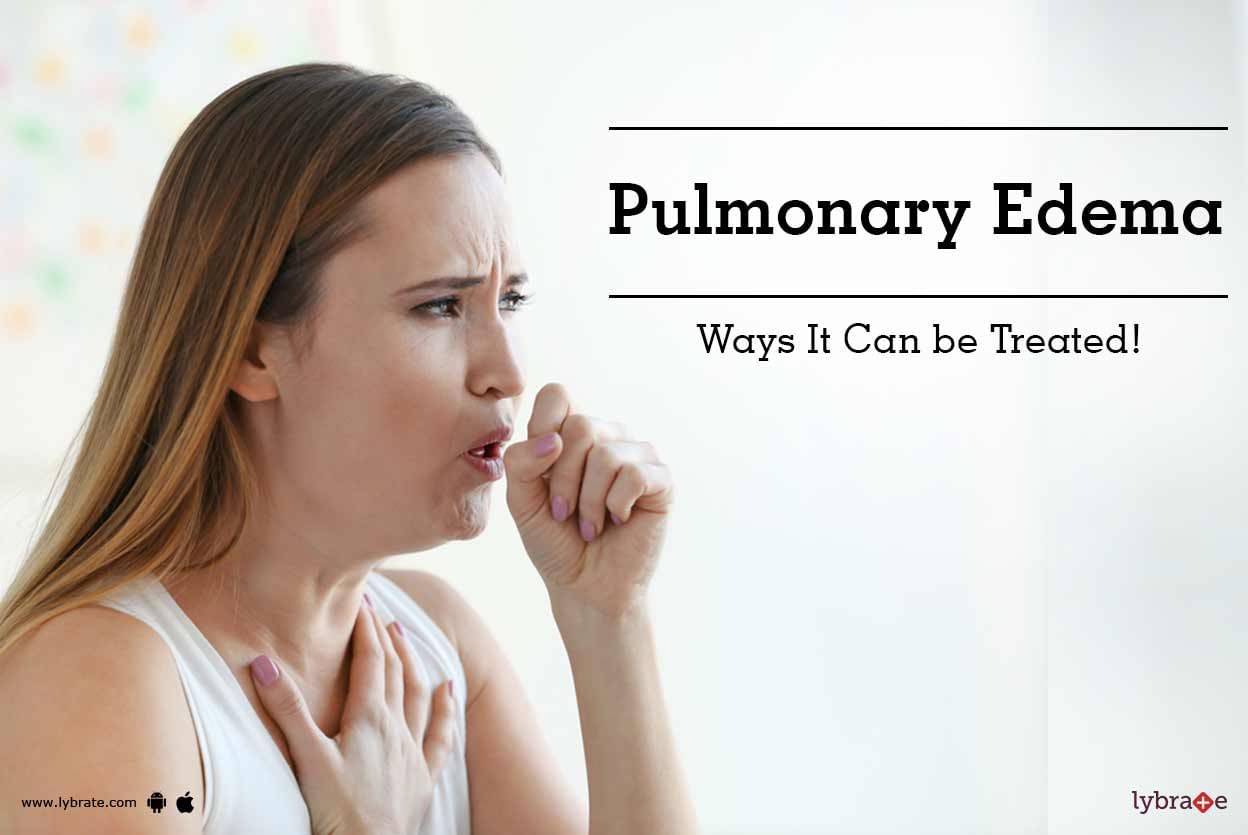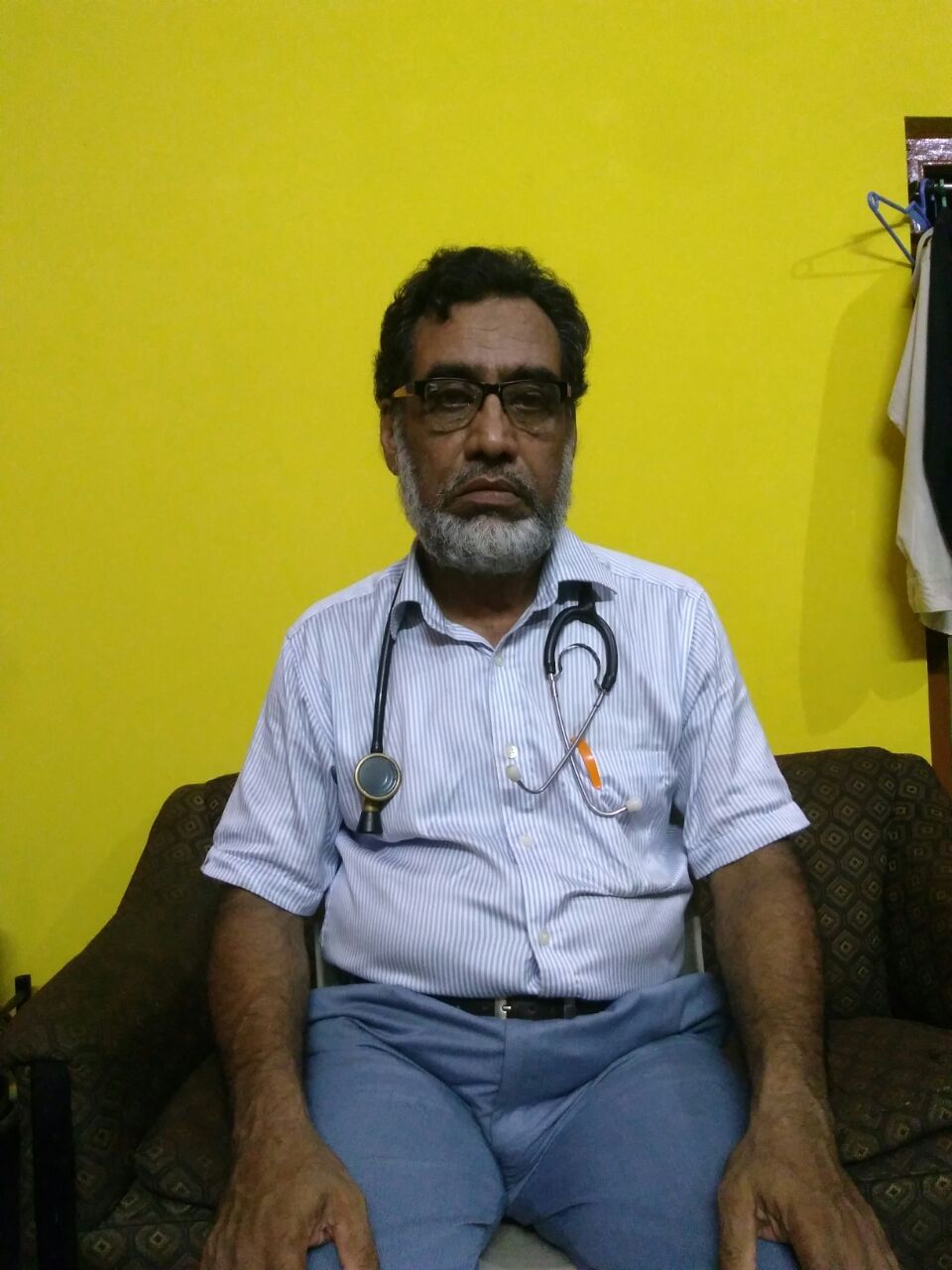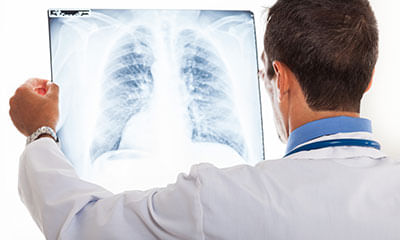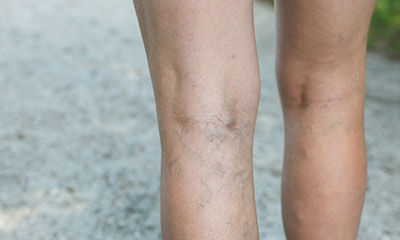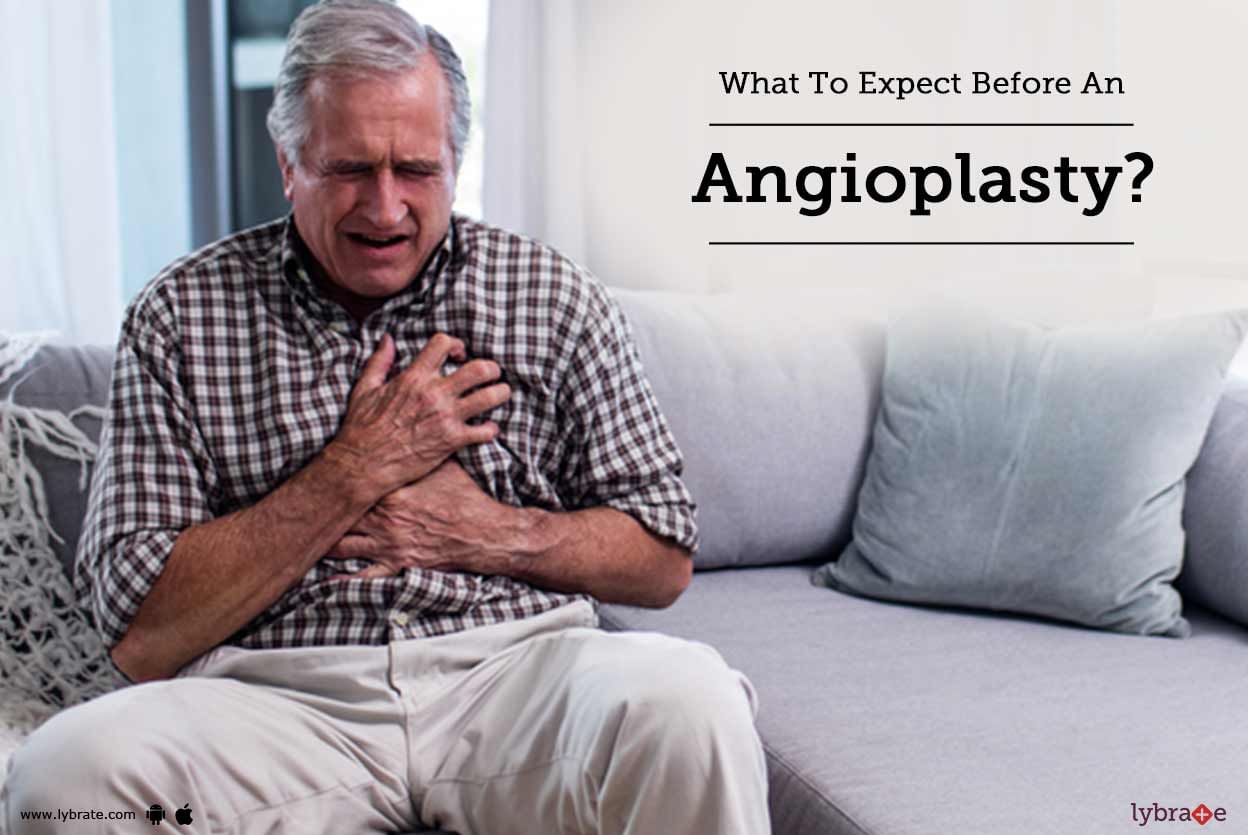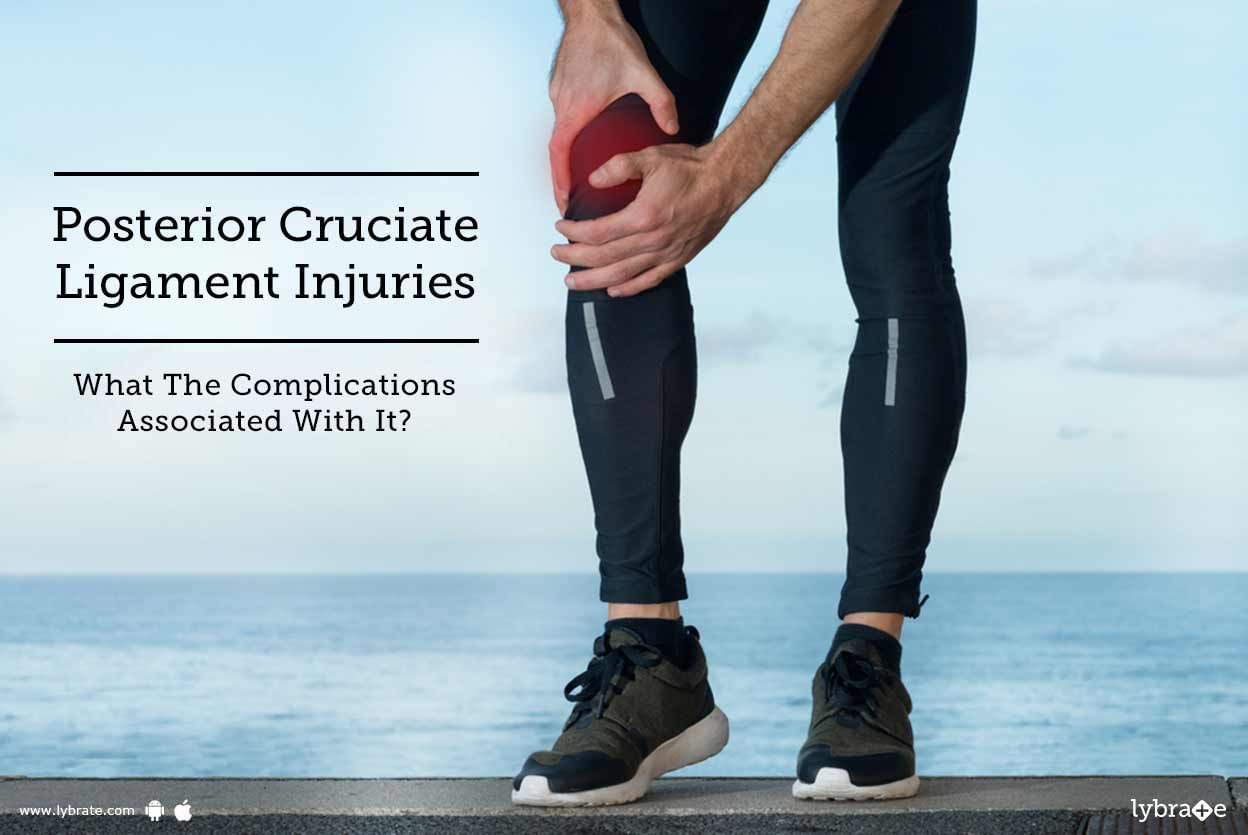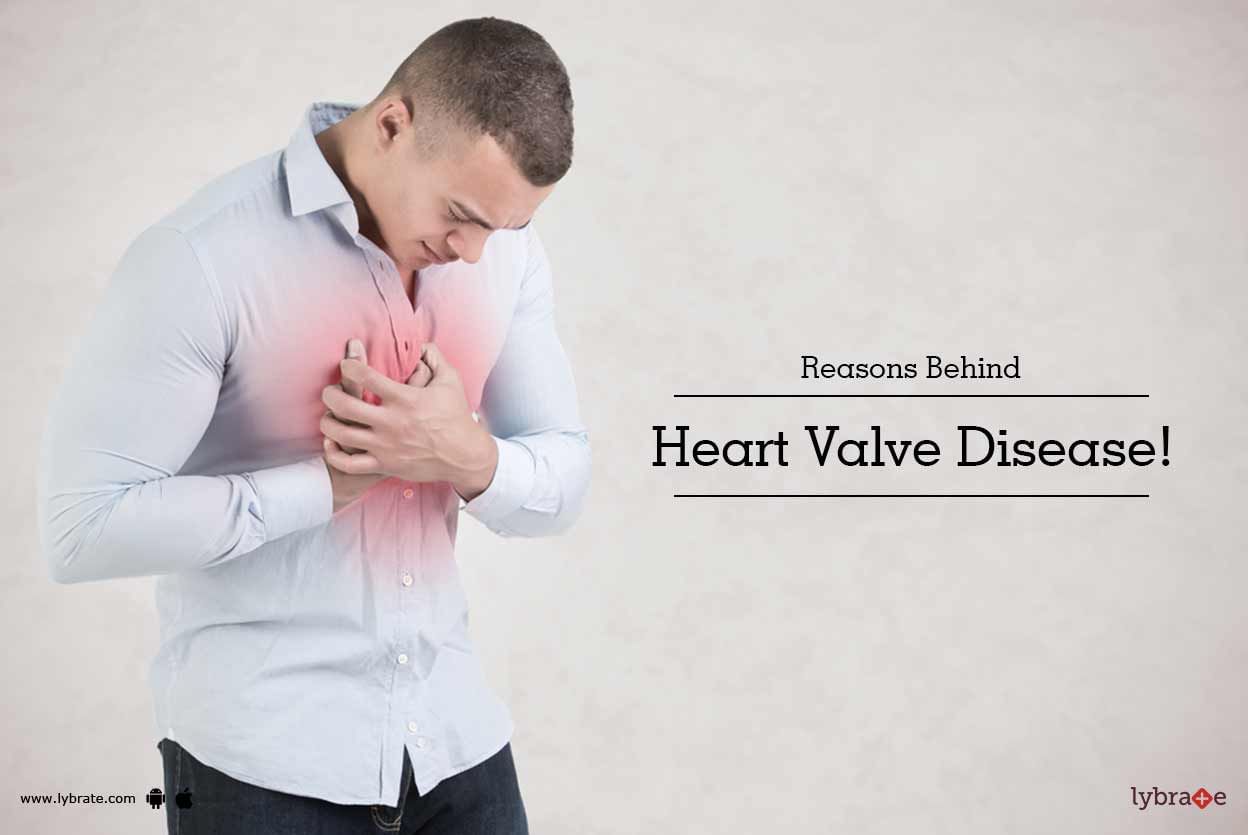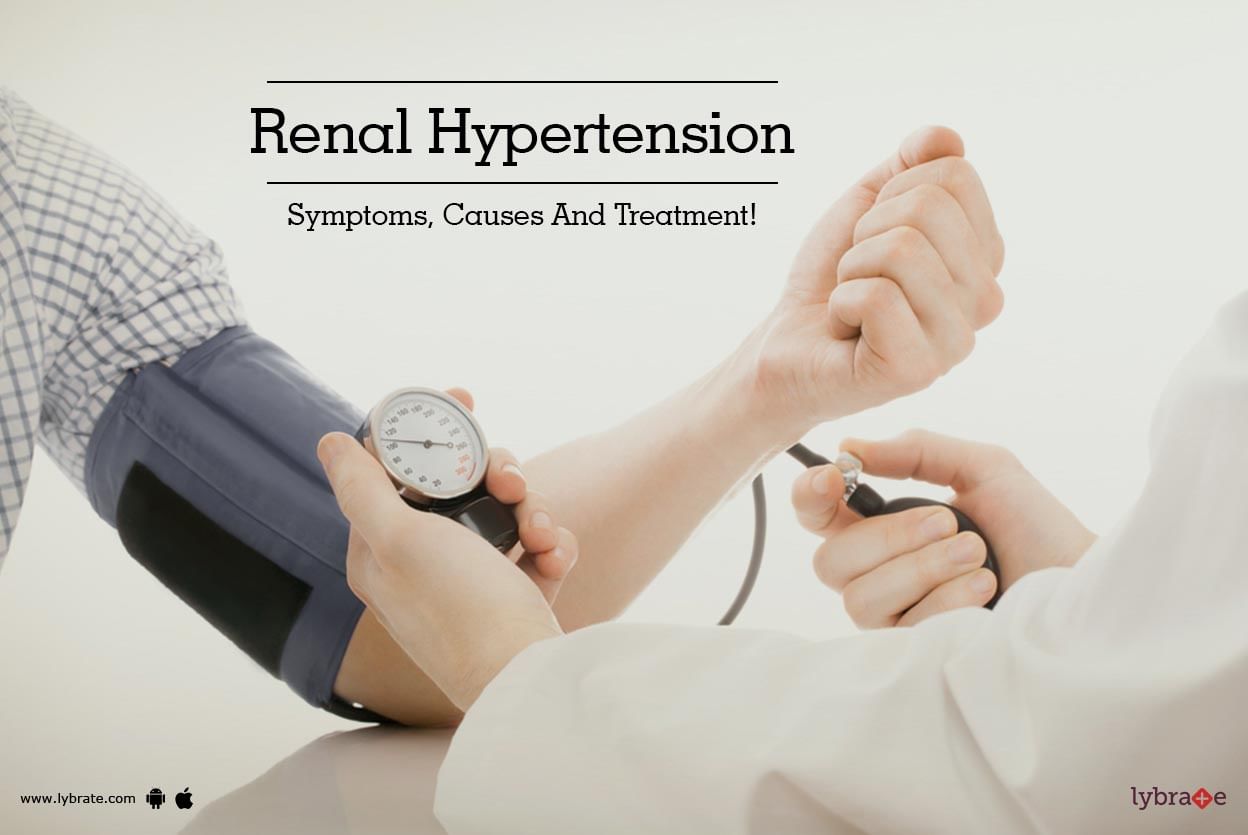Get the App
For Doctors
Login/Sign-up
Health Feed
Find Doctors
Health Packages
AllQ&AsTipsQuizzes
Double Inlet Left Ventricle Health Feed
Asked for female, 41 years old from Varanasi
Share
Bookmark
Report
Last Updated: 8 years ago• Featured Tip
Share
Bookmark
Report
Pulmonary edema is a disorder wherein fluid accumulates in the lungs leading to lack of oxygen in the body. The usual cause of pulmonary edema is congestive heart failure (the muscles of the heart are unable to pump blood). In this disorder, the heart has to work extra hard to pump blood, so this adds extra pressure on the blood vessels that are present in the lungs. In a bid to relieve this added pressure, fluid is released into the lungs by the blood vessels.
The function of your lung...more
The function of your lung...more
Asked for female, 32 years old from Rewari
Share
Bookmark
Report
Asked for female, 25 years old from Ahmedabad
Share
Bookmark
Report
Last Updated: 8 years ago• Featured Tip
Share
Bookmark
Report
Angioplasty is referred to as a cardiac procedure, which involves widening the narrowed section of a coronary artery. Usually performed by an interventional cardiologist, this procedure is performed in a cardiac catheterization lab, short for a cath lab. An interventional cardiologist takes extra care to review the risks, in addition to obtaining your counsel prior to preparing you for the procedure. The physician also refers to your medical history in order to determine the amount of anesthesia...more
Last Updated: 8 years ago• Featured Tip
Share
Bookmark
Report
Posterior cruciate ligament helps to hold the knee together. If there is a ligament tear, it results in pain, swelling and redness. The cruciate ligament connects the important tibia to the femur. Any injury to the posterior cruciate ligament may take months to heal and has the potential to cause instability and disability.
Signs and symptoms: The symptoms and signs of a posterior cruciate ligament injury include moderate to severe pain resulting in difficulty in walking and limp. The k...more
Signs and symptoms: The symptoms and signs of a posterior cruciate ligament injury include moderate to severe pain resulting in difficulty in walking and limp. The k...more
Last Updated: 8 years ago• Featured Tip
Share
Bookmark
Report
Complications in the heart valve occur when the functioning of the heart valve is impaired. Valves of the heart allow the blood in one direction and prevent the blood from flowing back into the ventricles of the heart.
Heart valve diseases can be classified as follows:
1. Valvular stenosis:
This condition occurs when the valves of the heart do not open completely due to stiffness. As the opening is narrow, the heart has to work hard to pump blood. This condition may lead to heart fai...more
Heart valve diseases can be classified as follows:
1. Valvular stenosis:
This condition occurs when the valves of the heart do not open completely due to stiffness. As the opening is narrow, the heart has to work hard to pump blood. This condition may lead to heart fai...more
Health Query
Share
Bookmark
Report
Bicupsid aortic valves means, that your son was born with two leaflets in the aortic valve instead of the normal 3 leaflets. It cannot resolve, it is just that he will have these 2 leaflets instead of 3. Biscuspid aortic valve is prone to damages and degeneration faster as compared to a normal valve, so you should get him evaluated every 2-3 years with a Echo under the supervision of a cardiologist, so that when the denegration happens it can be detected timely and followed up. Your child can ha...more
Asked for male, 19 years old from Patna
Share
Bookmark
Report
Treatment of lordosis depends on how serious the curve is and how you got lordosis. There’s little medical concern if your lower back curve reverses itself when you bend forward. You can probably manage your condition with physical therapy and daily exercises, braces, nutritional supplements such as vitamin D and in severe cases with neurological problem surgery is the treatment of choice.
98 people found this helpful
Last Updated: 8 years ago• Featured Tip
Share
Bookmark
Report
Renal hypertension is a disorder, which is characterized by a rise in the blood pressure that results from kidney disease. The blood flow to the kidney is impaired due to the narrowing of the arteries and this leads to renovascular hypertension.
Symptoms
The various symptoms of renal hypertension are:
You may experience symptoms of high blood pressure.
Your kidneys may not function properly due to the impaired supply of blood
It may lead to presence of blood in yo...more
Symptoms
The various symptoms of renal hypertension are:
You may experience symptoms of high blood pressure.
Your kidneys may not function properly due to the impaired supply of blood
It may lead to presence of blood in yo...more
Book appointment with top doctors for Double Inlet Left Ventricle treatment
View fees, clinic timings and reviews
Ask a free question
Get FREE multiple opinions from Doctors
posted anonymously




